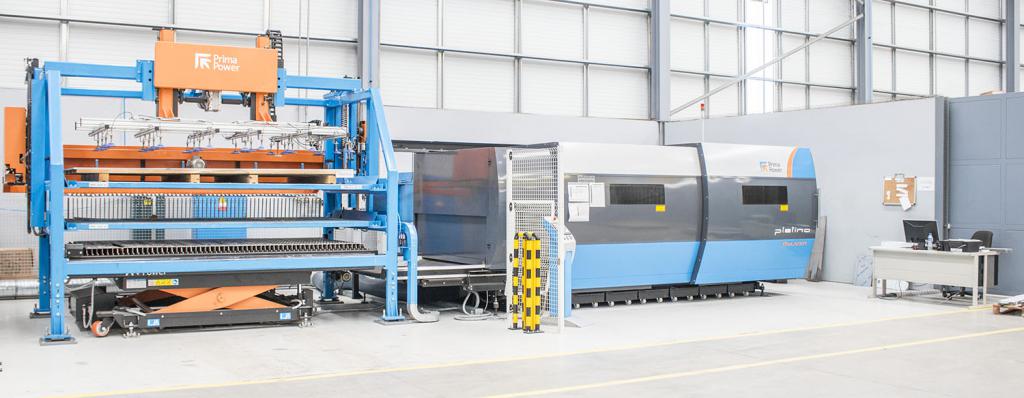Considering the activities of modern industrial enterprises, it is possible to identify a number of important characteristics that directly describe the production structure, the features of the construction of technological processes and the general management of the system. Moreover, these characteristics are interconnected into a single factorial scheme through quantitative and qualitative indicators of production specialization.
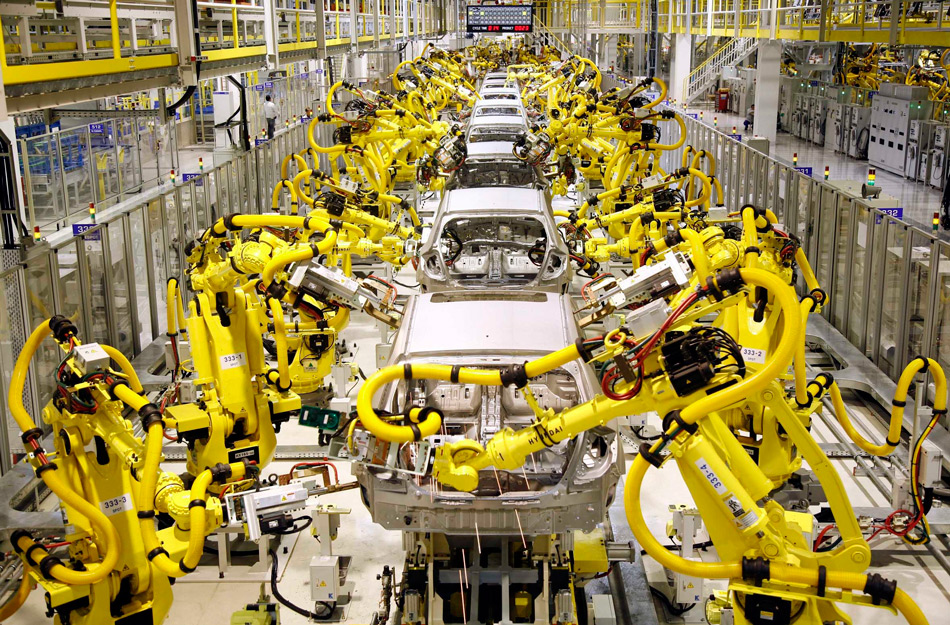
Industry Specialization
As a rule, the specialization of industrial production refers to the division of the manufacturing process of manufacturing or repairing the product into separate elements and assigning separate units (operations) to various units. This makes it possible to introduce high-performance equipment, advanced technologies and forms of organization of labor of workers, which in turn increases the economic efficiency of production specialization. Over time, the company concentrates on the production of homogeneous products in terms of design and technology, which continues to deepen the specialization of the system.
The following types of production specialization are distinguished, depending on the direction of production processes.
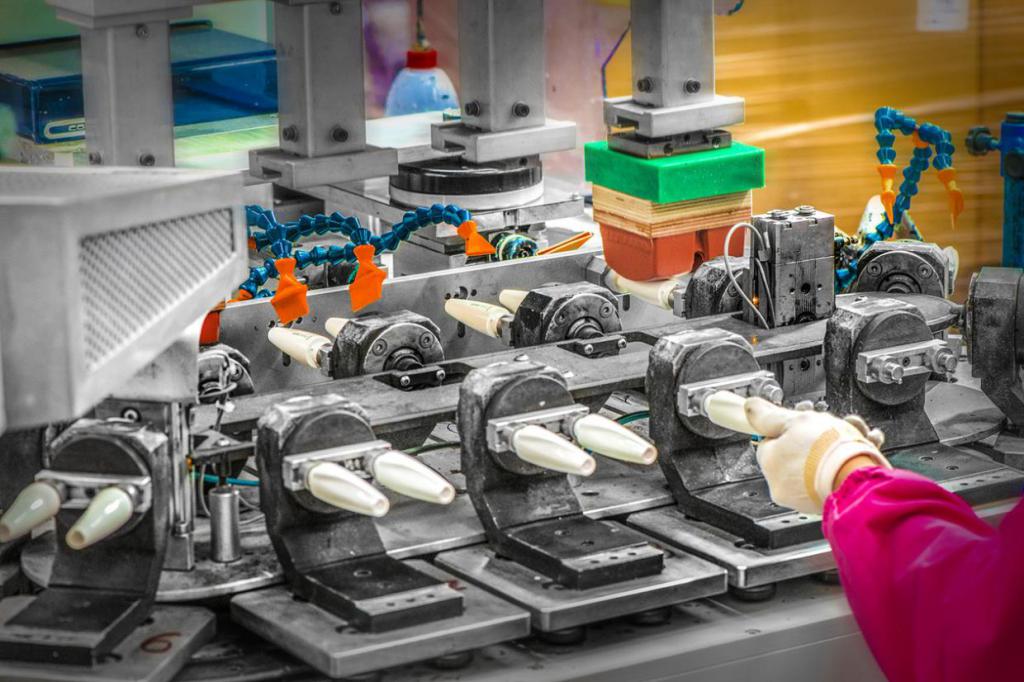
Specialization
It is characterized by the fact that the company focuses on the production of a specific and homogeneous final product. For example, automobiles, refrigerators, freight railroad cars, coke oven equipment, etc. In the context of the level of individual shops and sections, subject specialization goes into the details. There are repair departments for rubber products, air conditioning units, running gears, springs. Detailed specialization of production can also be observed at the level of specialized enterprises participating on the principles of cooperation in joint production output (bearing factory, factory for the production of freight carts, factory automobile pistons). In auxiliary production, this type of specialization is manifested as the repair of technological equipment of a certain type (jacks, bridge and gantry cranes, planing machines, etc.).
An indicator of subject specialization is the accepted range of products - the smaller it is, the higher its level.
Technological specialization
It consists in the allocation of certain technological stages in independent production. This is how foundries, assembly, disassembling, straightening, sewing, etc. appear. At the level of production structures, forging shops, stamping, and painting are taking place. Specialization may also apply to certain production functions.
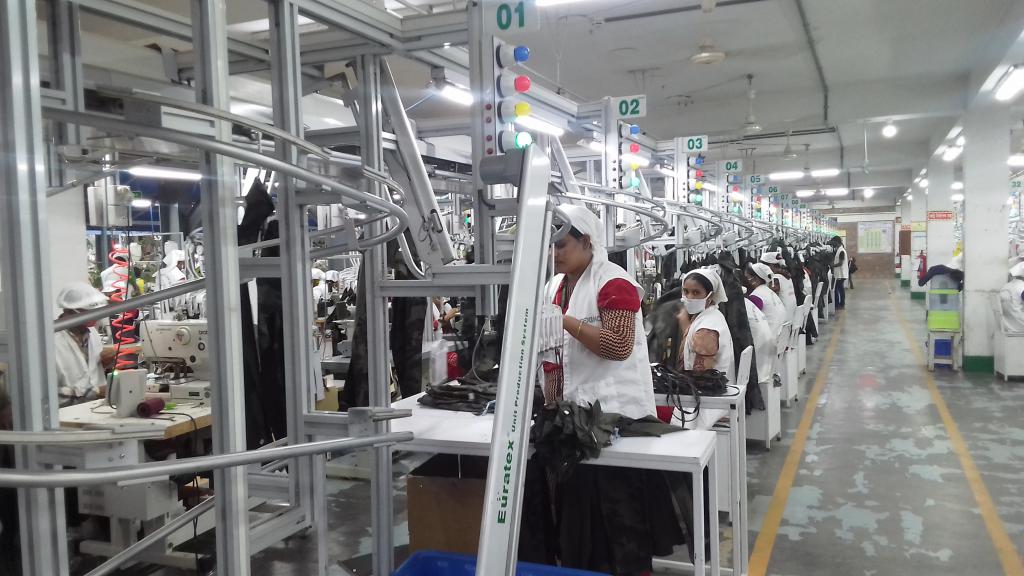
Many engineering enterprises simultaneously use different types of production specializations, which makes it possible to comprehensively solve emerging problems.
There is also a specialization of internal processes that characterizes the degree of differentiation of the production structure:
- between different industries;
- separate workshops;
- plots and offices;
- jobs.
Specialization of production allows us to assess the level of its development. It affects the structure of the enterprise and the choice of technological equipment.
Where do the different types of production come from?
In its activity, each enterprise begins to gravitate to certain, repeatable processes, management models, and specific planning methods.A comprehensive description of the set of features that take into account the characteristics of enterprises, and determines its type. This also includes factors of production specialization.
Since the use of the first machine production, a classification of types of production systems has been developed, which is universal throughout the world. There are three main types of systems, which include the vast majority of existing enterprises.
Unit production
A single type of production is the most used in the conditions of research and experimental production, in the production of products complex in their configuration and structure, in auxiliary production of enterprises, as well as in excess of human resources. Compared with other types, it has the least specialization of jobs and low labor productivity. In general, the system suffers large losses of various resources due to the characteristics of the organization.
Single systems have a number of characteristic features:
- small volume of production;
- detailed product range;
- the use of universal types of technological equipment and equipment;
- high universalization of workers;
- lack of tight binding of work operations to certain employees;
- slight differentiation of technology;
- minimal mechanization of processes;
- high labor input;
- significant manufacturing costs;
- deficiencies in the control system.
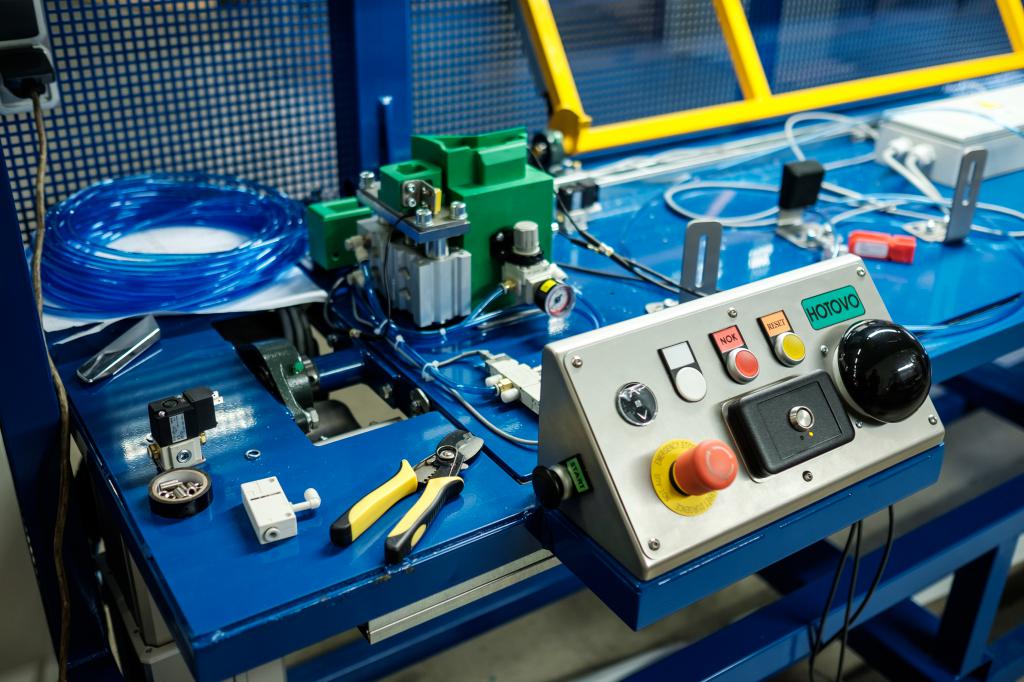
Serial type
The batch process provides for the production of homogeneous products in separate batches (batches) with different parameters. The following characteristic features are inherent in it:
- production of batches with a certain periodicity;
- narrow range of products;
- use of specialized equipment;
- grouping of jobs according to the technological (subject) principle;
- a fairly small number of operations per employee;
- deep study of technology;
- average qualification requirements;
- reduction of labor input and cost due to complex mechanization and automation of processes;
- sophisticated production control system.

The number of products in a batch determines the presence of large-scale, medium-series and small-scale systems. It should be noted that in these types of production, the technological stages are reorganized during the transition to new batches. In general, batch systems in comparison with single systems are much more perfect.
Bulk Systems
The enterprises belonging to the mass type will organize a long period of time when releasing the established nomenclature of homogeneous products in significant volumes. The specifics of the systems are the following features:
- large production capacity (5-20 thousand units per month);
- special types of equipment are used (automatic welding machines, robotic complexes, automobile conveyors);
- work positions focus on 1-2 operations;
- planning focuses on parts and operations;
- qualification requirements are reduced due to maximum automation;
- minimization of labor input and cost;
- high system preparation costs.
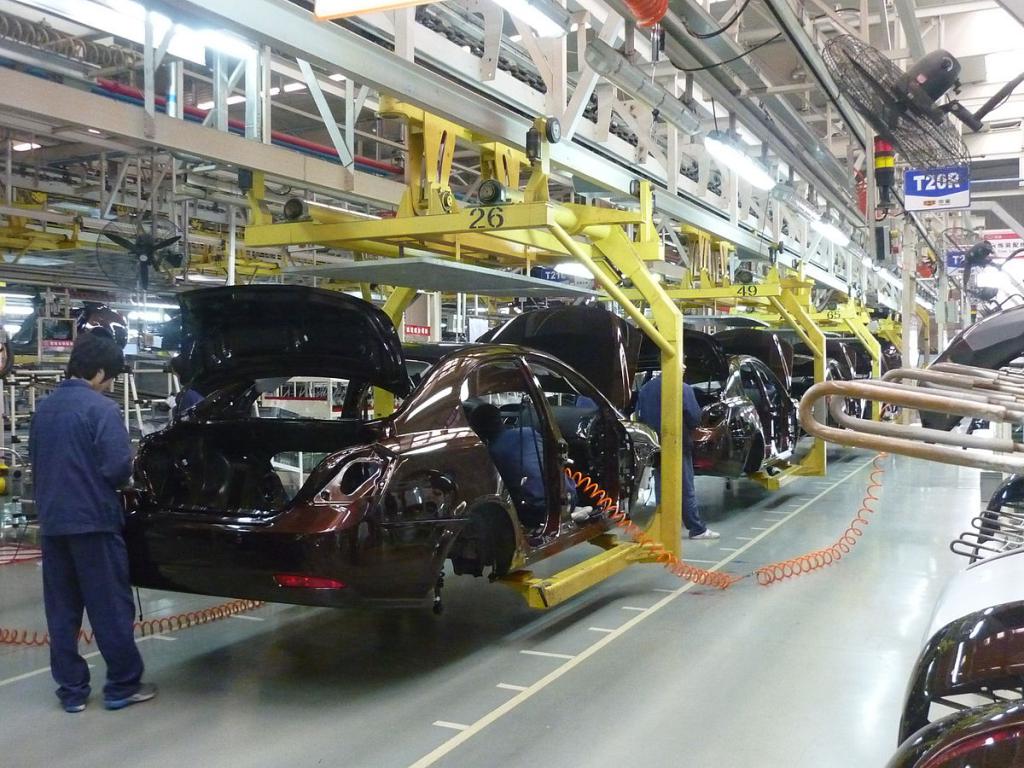
In the mass type of production, the constancy of processes in time and space is observed. This directly affects the improvement of product quality. Note that the type may change with increasing level of specialization of production and an increase in the scale of output.
How to determine the level of specialization?
In practice, the level of specialization and type of production can be determined by one indicator. This is the coefficient of consolidation of operations.
| Type of production | Number of operations |
| Unit | More than 40 |
| Small batch | 20-40 |
| Mid-series | 10-20 |
| Large batch | 1-10 |
| Mass | <1 |
This is one of the main indicators of production specialization. It is defined as the ratio of the number of operations at all workplaces of the workshop to the total number of jobs.
